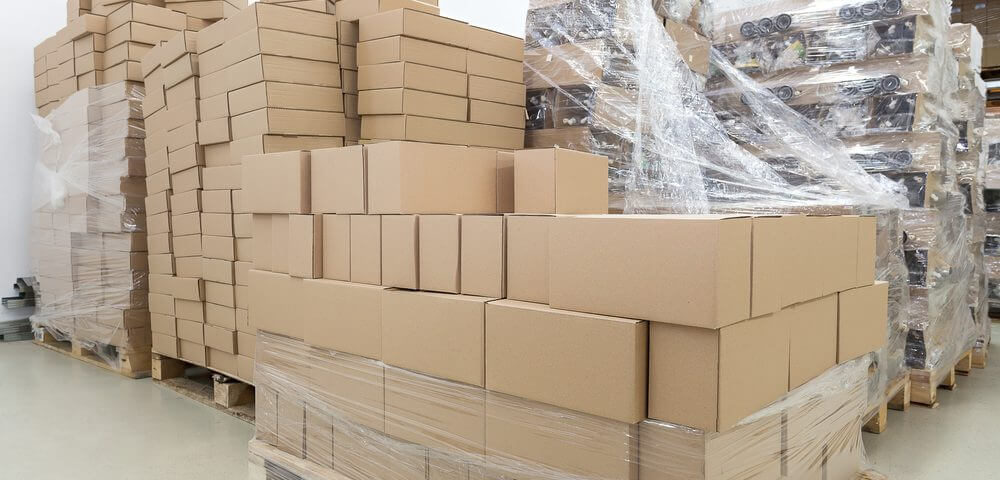
6 Tips for Filling Out a Customs Form
December 20, 2017
Why Customs Services Need Detailed Descriptions
December 22, 2017Do’s and Dont’s for Picking a Pallet for Shipping

 Packing cargo on a pallet makes it easier to ship multiple boxes and crates. It also helps protect the boxes that you’re shipping. Pallets are also great for shipping something heavy or irregularly shaped. Let’s break this down further:
Packing cargo on a pallet makes it easier to ship multiple boxes and crates. It also helps protect the boxes that you’re shipping. Pallets are also great for shipping something heavy or irregularly shaped. Let’s break this down further:
How Can Pallets Help?
Pallets are especially useful for denser objects that may strain a similarly sized box (such as a microwave). It’s also useful for a collection of loose objects that need more structural support than a box alone can give (such as a box of small toys). A pallet also makes it easier for these boxes and crates to be moved, since a forklift can easily lift the cargo by interacting with the pallet. This approach leads to more stable movement and thus to less risk of damage during shipping. Pallets are also useful for irregularly shaped objects, such as furniture or an engine, that need a stable, square base.
DO Get a shipping pallet, with both a bottom and top. They’re solidly built and can carry a great deal of weight. 48” by 40” is the typical measure for these pallets. They’re inexpensive, or you can often get them for free. Garden stores, nurseries, and hardware stores often have extra pallets they’re happy to give to customers who stop by and ask.
DO NOT use a homemade pallet. These are liable to break or collapse under weight, especially when handled. They’re not as structurally sound as a properly made shipping pallet.
AVOID pallets made of fiber board. These are made from a weak material and are useful only for display of light items. They will fall apart during shipping, especially when you’re shipping something heavy.
AVOID plastic pallets. These are slick, and cargo has a much harder time keeping still on them. Cargo is much more likely to slide off. A wooden shipping pallet is rough and unfinished, which means it offers a lot of grip for whatever’s sitting on it.
